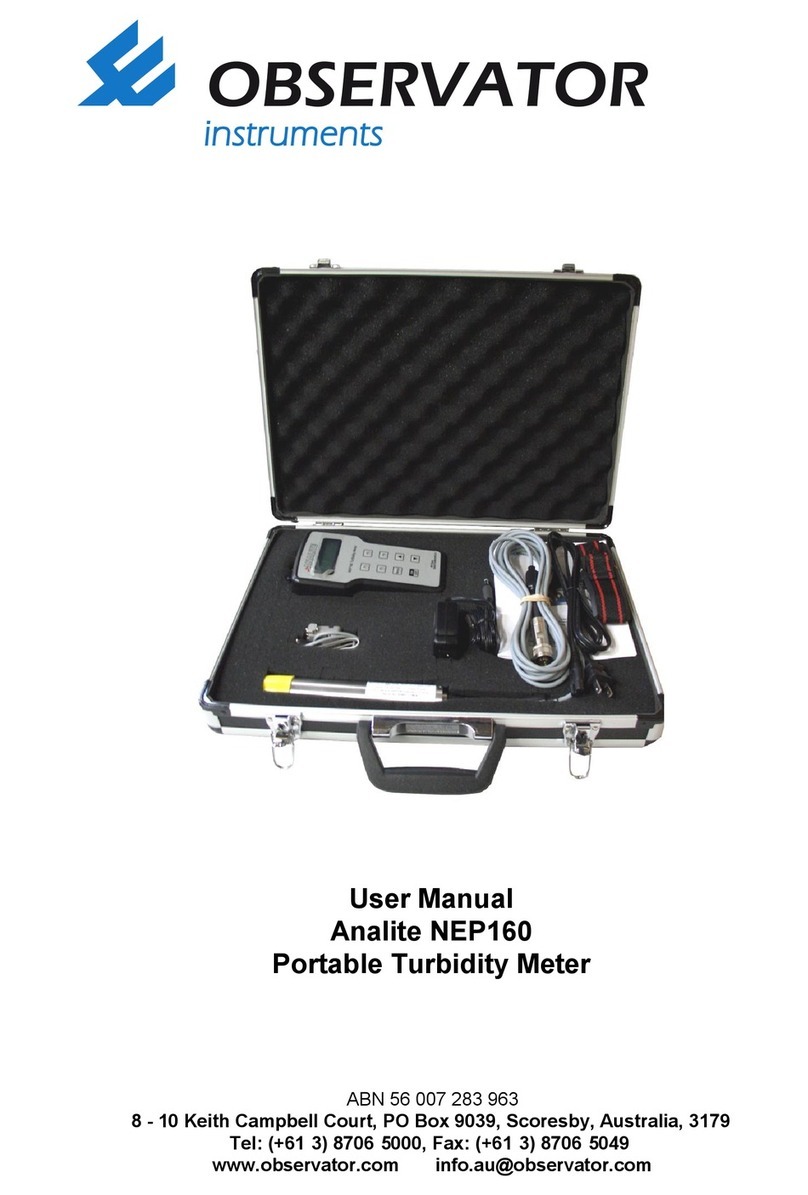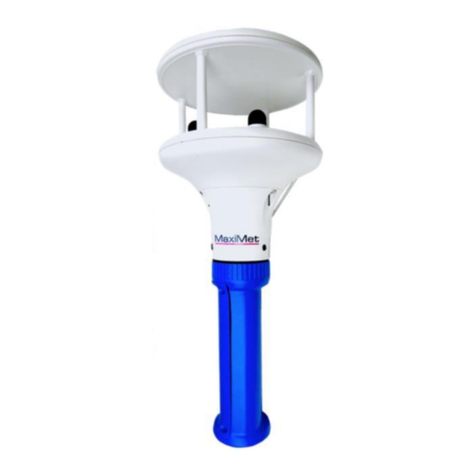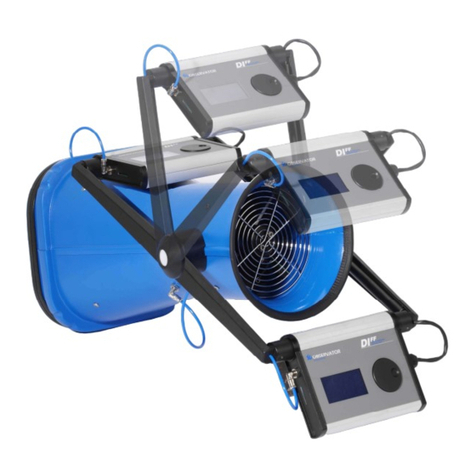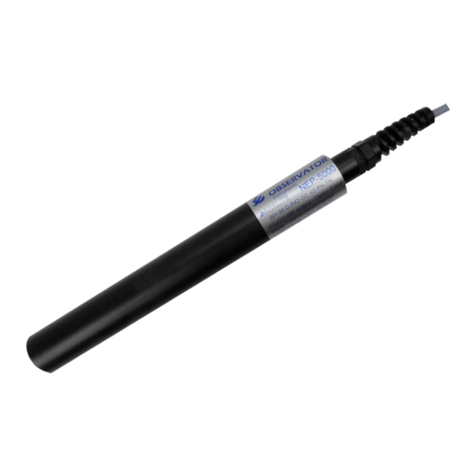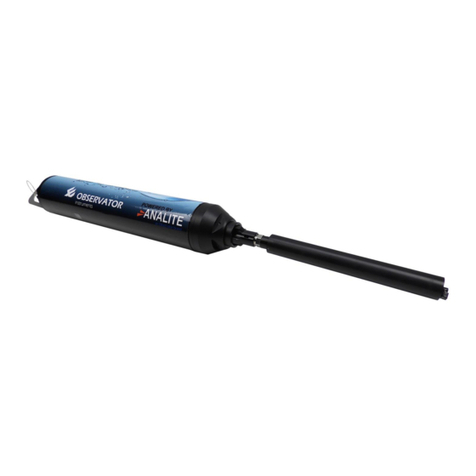
Manual | NEP-9500-PLUS series turbidity probe
Status: Final | Not confidential
Table of contents
1Applications .................................................................................................................... 5
2Safety............................................................................................................................... 6
3Specification ................................................................................................................... 7
3.1 Glanded cable option (default)............................................................................................................7
3.2 SubConn option...................................................................................................................................7
4Pinout & wiring diagram................................................................................................. 9
4.1 Voltage output version.........................................................................................................................9
4.2 4-20mA current output version..........................................................................................................10
4.3 SubConn connection.........................................................................................................................11
4.4 Surge and lightning considerations...................................................................................................11
5What you will find in the box.........................................................................................12
6Accessories....................................................................................................................13
7Installation......................................................................................................................14
7.1 Installing the probe for the first time..................................................................................................14
7.2 Physical cabling considerations ........................................................................................................15
7.3 Miscellaneous....................................................................................................................................15
8Deployment ....................................................................................................................16
8.1 Installation .........................................................................................................................................16
8.2 Deploy the probe...............................................................................................................................17
8.3 Retrieve the probe.............................................................................................................................19
9Electrical conformity......................................................................................................20
